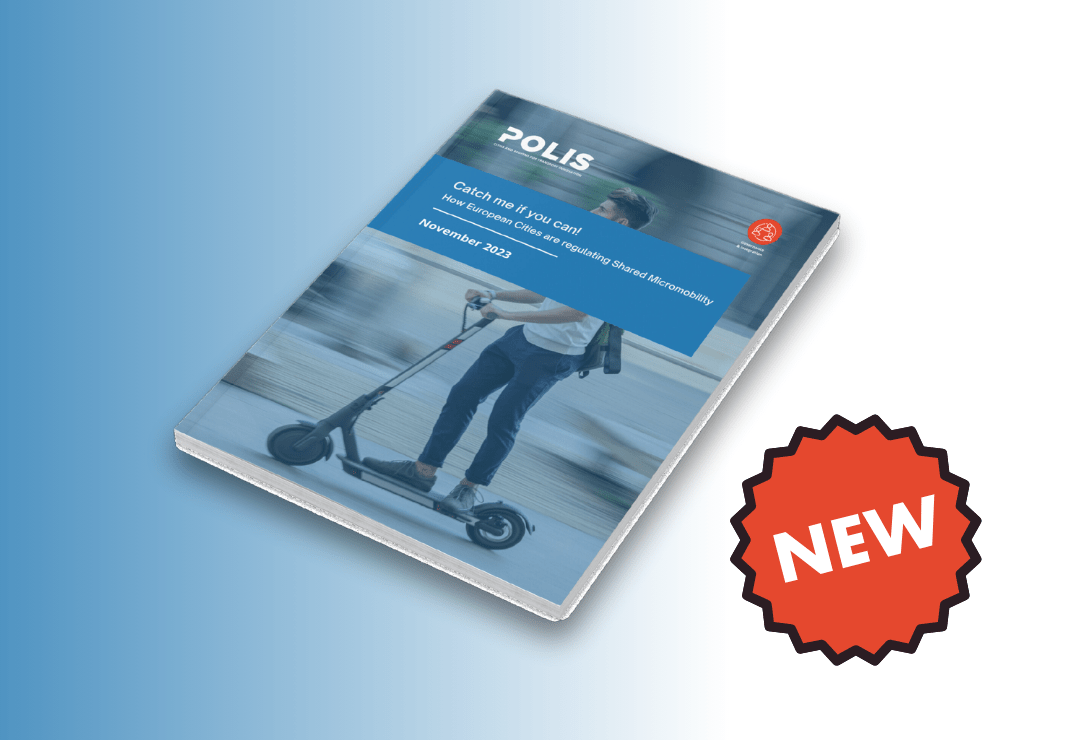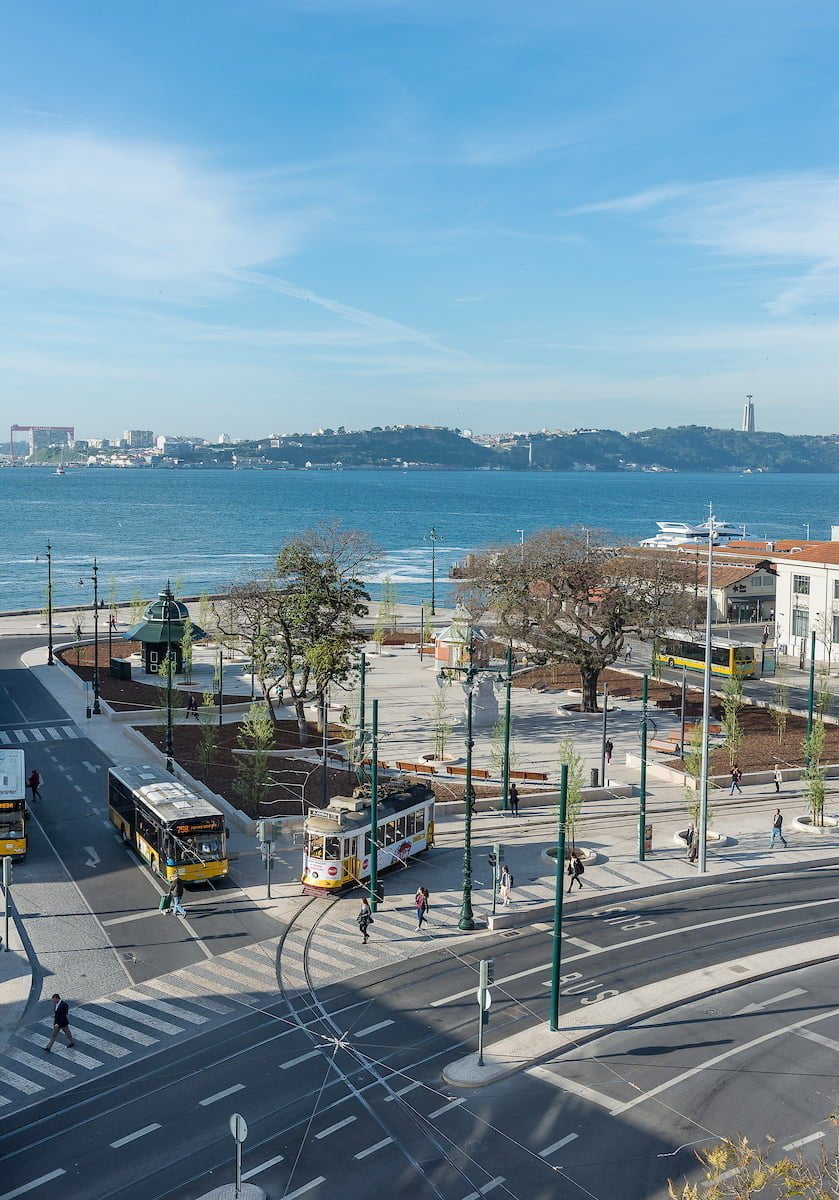POLIS publishes new report on shared micromobility
Curious to know how shared micromobility is evolving across Europe and what role it might play in tomorrow's mobility mix? Discover our newest report on shared micromobility, 'Catch me if you can! How European cities regulate shared micromobility.'
Shared micromobility has received considerable attention in many cities as the influx of e-scooters and e-bikes has led to public demands for action from officials. Several cities and regions have introduced regulations to better leverage new micromobility fleets. With so much to learn from their experiences, we reached out to cities themselves for valuable insights.
In our recent report, 'Catch me if you can! How European cities regulate shared micromobility,' we add to the discussion initiated by the 2019 paper 'Macromanaging Micromobility: Taking the long view on short trips' and the 2021 survey report 'Sharing Data for Shared Micromobility.'
Identifying gaps
Several key questions guided POLIS' newest report on shared micromobility, namely:
- How are local and regional authorities regulating shared mobility?
- What has worked, what hasn't, and how can we learn from it?
- What differences and commonalities arise between cities?
- And most importantly, which strategies can point the way forward for both public authorities and private operators?
Letting cities speak
Too often in the urban mobility landscape, regulation follows innovation, creating a gap between national regulations and the practicalities of cities. That is why, in an effort to comprehensively assess the challenges and ways forward for shared micromobility in European cities, POLIS conducted a survey and interviews with a variety of stakeholders, including public practitioners and private operators.
Moreover, our study was enhanced by the participation of stakeholders from cities across Europe, including POLIS Members Antwerp, Berlin, Budapest, Czestochowa, Lisbon, Leuven, Madrid, Paris, and Stockholm, as well as Faro and Oslo.

The results are in
In response to rapid change and increasing public demand, local and regional governments have taken the initiative to regulate based on their local context and available tools. This regulatory action has focused on several critical issues within their jurisdiction, including urban space allocation, vehicle requirements, and user behaviour.
The current process of regulating shared micromobility illustrates the challenges of introducing new modes of transport into a pre-existing infrastructure framework dominated by the private car.
Looking ahead, the pertinent question is not only how to regulate these new modes, but also how long the traditional monopoly of the private car will last. Because climate neutrality demands a shift away from the transport-neutral perspective, it is increasingly relevant to consider strategies for seamlessly integrating new and shared mobility services into the urban mobility ecosystem.

Going beyond the private car

Electric scooters and bicycles in Vienna. Credit: Lisa Culton, Shutterstock
In general, alternatives to the inefficient, noisy and dangerous private car are urgently needed and welcome. Thankfully, we will see many more of them in the future.
In this context, the role of policy is to provide an effective framework for introducing new forms of transport into the mobility mix. At the same time, transport planners must focus on redistributing land in favour of sustainable, socially acceptable, safe and health-promoting means of transport.
Want to find out more? You can read the full discussion paper here.
For any questions, reach out to Pedro Homem de Gouveia at pgouveia@polisnetwork.eu.









